Are you an active military member with a move on the horizon?
First of all, thank you for your service.
We know that any move has its challenges, but military moves are unique — both logistically and emotionally. Service members often face relocations every couple of years (and even more often during deployment and temporary assignments). Military moves typically happen on a tight timeline, which can be stressful for coordinating family schedules and other responsibilities, and service members also need to follow strict guidelines and bureaucratic processes. On top of this, military moves are governed by a complex system of entitlements, which can make it hard to understand which services and costs are covered. All this can leave you with questions like:
“What will I need to pay for in a DITY move?”
“What’s covered in a DPS move?”
“How can I make the most out of the funds available in a GHC move?”
Here at Central Transportation Systems, we’ve helped hundreds of military families navigate the challenges of moving. In this article, we’d like to provide clarity about different moving methods used for domestic military moves (CONUS) and offer tips to help make your move as streamlined and stress-free as possible.
Need the quick version? For your convenience, we’ve created this one-page summary sheet about military moving options.
So to start off, what are the options available for service members moving domestically?

What Are the Different Kinds of Military Moves? Understanding Your Options
For active duty military members, there are several ways to relocate domestically. Each of these methods are designed to meet different needs, entitlements, and situations. It’s important to understand what each option involves so you can make the best decision for your move.
1. Personally Procured Move (PPM) — Your DITY Moving Option
Do you know your PPM entitlement? If not, that’s a great question to ask. A Personally Procured Move, commonly called a PPM or DITY move (Do-It-Yourself), means that you take charge of hiring the moving service for your Permanent Change of Station (PCS). Here are some of the pros and cons to a PPM:
Pros
- More Control
You choose the moving service that fits your needs best, giving you a hands-on approach. - Tailored to Your Situation
Your entitlement is based on your rank, how many dependents you have, and how far you’re moving. This means it can be customized to your unique situation. - Flexible Entitlement Use
If your shipment is split into parts (partial use of entitlement), part of your entitlement can be used accordingly. This gives you some flexibility in how you manage these military moves, with the potential of a reimbursement bonus. - Detailed Briefings
Depending on your base’s moving channel (like your state’s origin area) and the office handling your move (TMO or PPSO), you’ll get clear info through either the Legacy DP3 system or the newer Global Household Connect (GHC) system through move.mil or HomeSafe Connect.
Cons
- More Responsibility
Since you’re in charge of hiring the mover, you have to do extra work to research, choose your moving service, and coordinate the details in a DITY move. - Complex Entitlement Calculations
Understanding your specific entitlement (how it’s calculated and applied) can be confusing, especially if your move is split into several parts. - Evolving Process
The rules and pricing for PPMs in 2025 are evolving, which means you might have to keep up with new trends and adjustments that are still unfolding for the current moving season.
Overall, a PPM can give you the freedom to manage your move personally, but it comes with extra work and some complexities. Also, pricing changes are making the trends unclear, and lower GHC rates may reduce savings. Consider what’s more important to you: having more control or having a more hands-off experience provided by other moving options.
For more information about current PPM entitlements and changes, check out this petition on Change.org.

2. Direct Procurement Move (DPM) Military Moves — A Local, Hassle-Free Option
A Direct Procurement Move means that if you’re moving within the same city or nearby area where your base has a DPM contract, everything gets handled for you by your base’s transportation office. Here are some of the pros and cons:
Pros
- Local Expertise
DPM is usually set up in your city or metro area, so you benefit from local knowledge and resources. - All-In-One Service
Your base’s transportation office takes care of scheduling your move, selecting the mover, and directly paying the service. This makes the process smoother with less hassle for you. - No Extra Responsibilities
Since everything is managed on your behalf, you don’t have to worry about any administrative work or coordination.
Cons
- Limited Availability
Not all markets or bases offer DPM contracts. If your moving location doesn’t have a DPM setup, you won’t have this option available.
In short, a DPM offers a more hands-off approach for service members when available, but its availability depends on your base or specific moving channel.

3. Defense Personal Property Program (DP3) — The Legacy System for Military Moves
The DP3 program (also called a DPS move) has been around for a long time and is well-known among service members and in media conversations. Here’s some info about the pros and cons of a DP3 move:
Pros
- Pre-Selected Carriers
Your base’s transportation office assigns your move to a fully vetted Carrier or Transportation Service Provider (TSP) who’s approved to handle military moves. - Wide Range of Services
With roughly 800 to 900 active carriers, you have access to services covering everything — from pickup to hauling and delivery. - Professional Support
Many carriers work with specialized move management companies (like Total Military Management, Suddath Government Services, or Tier One Relocation) to handle the details, which means your move is managed by experts.
Cons
- Outdated System
Although DP3 supports moves for the busy 2025 season, there are indications the DPS move may be phased out after peak season in favor of newer, more modern systems.
The DP3 system has been a tried-and-true solution for many years, with a wide network of pre-selected carriers. But as the industry evolves, DP3 moves may soon be replaced by other solutions.

4. Global Household Goods Contract (GHC) — The New Standard in Moving
The Global Household Goods Contract (GHC) represents a new era for military moves. This option has several key differences from the older DP3 system:
- Awarded to HomeSafe Alliance: This joint venture with Tier One Relocation and KBR Inc. brings a fresh approach to handling military moves.
- Integrated Counseling and Entitlement Information: If your shipment falls under the GHC, you will receive all counseling, entitlement details, and shipment information directly through the HomeSafe Connect app.
- Complete Management by HomeSafe Alliance: Your entire household goods move is managed by their agency network.
- Roll-Out Status: As of March 1, 2025, approximately 75% of domestic bases have transitioned to the GHC program. If your shipment is part of the GHC, switching back to the legacy system is not an option, though you may still choose a PPM if that better suits your needs.
- Have Concerns? If you’re unsure or have questions about the GHC program, it’s important to talk with your TMO/PPSO, base leadership, or state representatives.
With a GHC move, the entitlements are less. A moving partner (like Central) can help you get the most value out of the money available for the move.
Feel Confident About Your Options for Military Moves

At Central Transportation Systems, we’re here to support you every step of the way. Whether you choose a Personally Procured Move, a Direct Procurement Move, operate under the DP3 system, or transition to the GHC program, our goal is to provide a service that is empathetic, reassuring, and professional. We understand the importance of a seamless move, which is why we’re dedicated to making sure every cherished belonging is handled with care and respect.
Planning your military move doesn’t have to be overwhelming. With our detailed knowledge and solutions-oriented approach, you can trust that your move will be managed with the highest standards and personal attention. We’d love to help make your move as smooth and low-stress as possible. Reach out today.
Thank you again for your service!






